
They are flexible, translucent, printed from 3D printers, they are placed on windows, rooftops, even cars, or you can “put them on” as they will be on your bag or jacket. What; News third generation photovoltaicswhat can give electricity The sun shines almost everywhere. And if they already seem very impressive to you, listen to this too: their first production plant in the world will be in Greece, namely in Thessaloniki, as part of a major European program. In fact, at the same time, a second landmark project is being developed to transform a pioneering laboratory into an advanced research center, which marks Greece and especially Thessaloniki as a global center of excellence in organic photovoltaics and nanotechnology.
“3rd generation photovoltaic cells can be integrated in a variety of places. Because they are translucent, they can be placed in greenhouses to allow light to pass through for photosynthesis, on the windows of houses or the glass panels of buildings, on rooftops, sheds, parking lots, bus stops, electric cars, even on bags or clothes.” says “K” Honorary Professor of AUTH Stergios Logothetidisfounder and director of the LTFN AUTH Nanotechnology Laboratory, and president of OET (Organic Electronics Technologies).
energy challenge
“Printed organic photovoltaics come to the rescue at a time when a significant increase in the installed capacity of renewable energy sources, as well as the space they occupy, is required. Based on the goals set, huge amounts are required by 2030 and much more by 2050. From 2026, more than a doubling of the annual installation rate is required, and from 2038, up to 4-5 times. Where will all this fit? How will there not be a waste of land with consequences for agricultural production and nutrition?” notes Mr. Logothetides. But it’s not just about space. “Conventional photovoltaic cells are much more expensive to manufacture, since they require expensive materials and high temperatures to produce. The third generation is suitable The silicon technology on which conventional photovoltaics is based won the Nobel Prize in 1951 and organic semiconductors in 2000. In addition, the 3rd generation is much lighter, only 400 grams per square meter, while the 1st generation reaches 22 kg,” adds director LTFN.

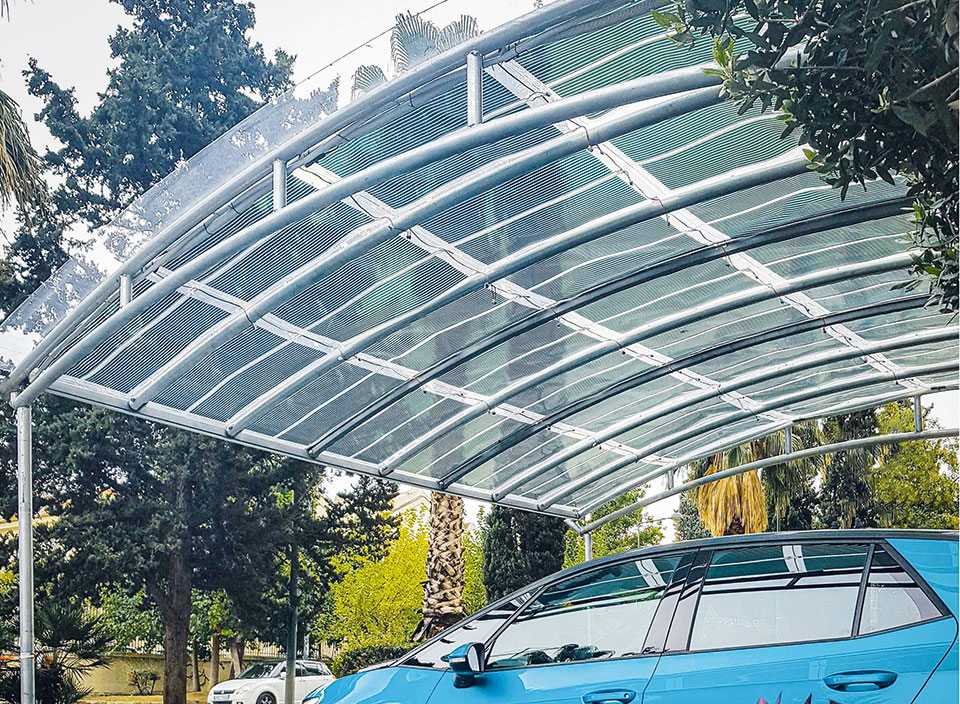
The efficiency of 3rd generation photovoltaics in terms of converting solar energy into electricity is still less than that of conventional ones, but it is developing rapidly. “Productivity depends on the development time of the technology and the volume of production. If mass production of organic photovoltaic cells begins, the cost will drop significantly,” says Mr. Logothetidis.
The need for mass production is covered by a symbolic project planned in Thessaloniki to establish the world’s first plant for the production of 3rd generation printed organic photovoltaic cells for integration into buildings (BIPV), greenhouses (agrovoltaics) and electric vehicles. “It is planned that by the end of 2025, this plant will produce 1,000,000 square meters of third-generation photovoltaic cells,” says Mr. Logothetidis. Of course, this is no coincidence, as for seven years a pilot plant was operating in Thessaloniki, which produced flexible photovoltaic cells for greenhouses, and hydroponic tomato cultivation was also introduced with great success, saving water and space.
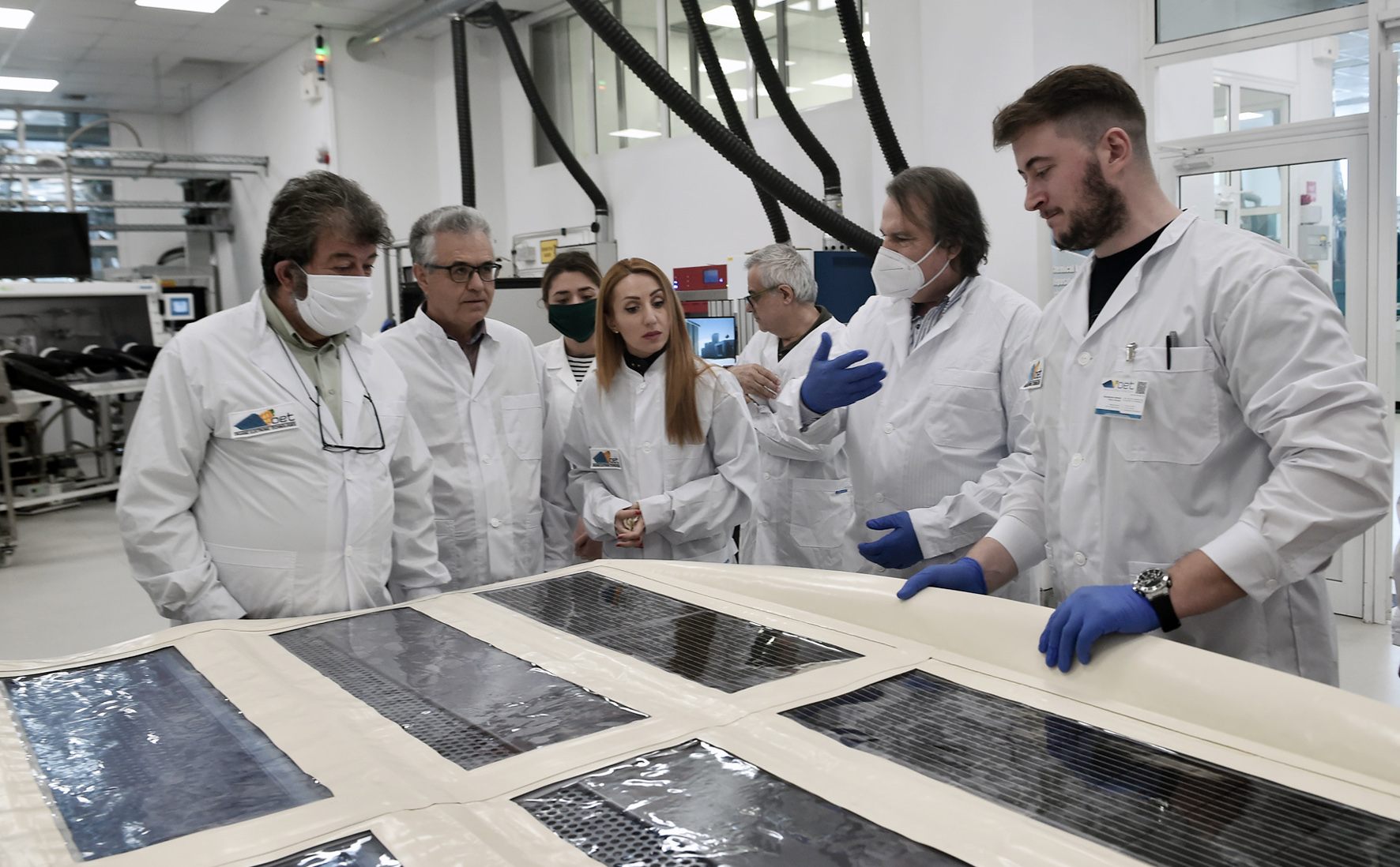
The European project of the production unit is called Flex2Energy, has a budget of 21.2 million euros and includes 14 industrial and research organizations.
The European project to build a production block is called Flex2Energy, it has a budget of 21.2 million euros and has as partners 14 industrial and research partners, six from Greece (OET, which also coordinates, Alumil, APTH, HOPE-A, Depia, Kyriakidis) , three from France, two from Germany and one each from Hungary, Lithuania, Italy and Romania. The goal is to strengthen green industry, green energy and sustainable buildings.
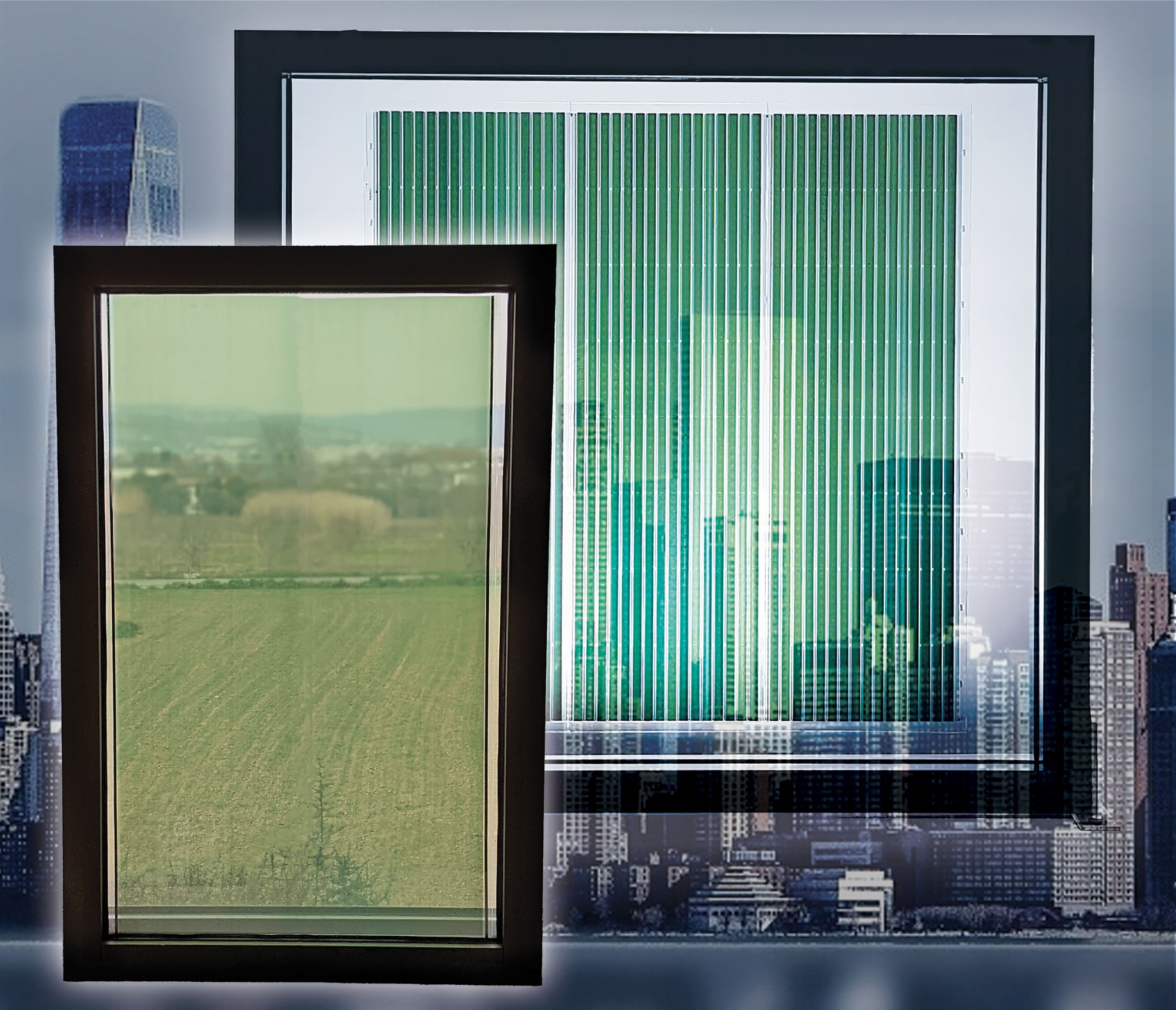
Nanotechnology
The second flagship project in Thessaloniki to create a strong research and technology cluster is COPE-Nano, coordinated by the LTFN-AUTH Nanotechnology Laboratory, with participating institutions of international level, such as the Universities of Cambridge and Bordeaux, and a budget of 30 million euros. (50% from EU, 50% from national funding). COPE-Nano will expand the internationally recognized nanotechnology laboratory LTFN into a self-contained and sustainable center of excellence in Thessaloniki. “We are modernizing with new infrastructure, new buildings for fundamental, applied and industrial cutting edge research in the rapidly developing fields of nanotechnology, bioelectronics, nanoelectronics. This is a very important event for our country, as new technologies and know-how will be created, new products that can be used, in particular, in Greece,” emphasizes Mr. Logothetidis.
Both projects will create new jobs and even for specialized personnel. According to the authors, 70-100 positions in each project. As noted, these investments will help find work for the profile and scientific potential from Greece, as well as in brain gain, i.e. the return of experienced leaders who are now working abroad.
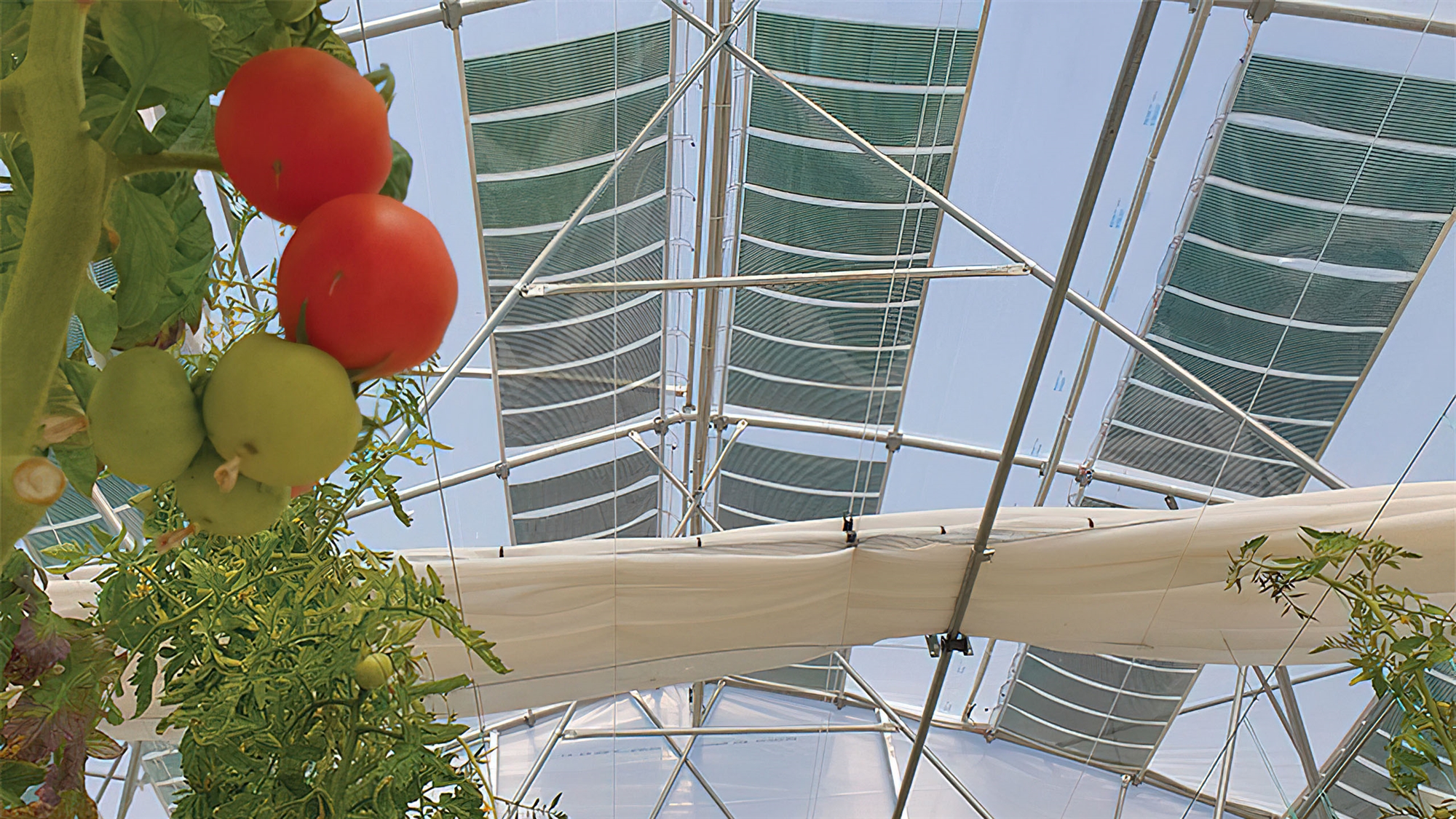
“This is Greece’s greatest award and two landmark projects that have outperformed many competing proposals from other European countries and consortiums and have been positively evaluated by the European Commission in the context of Horizon Europe,” the participants said in a statement.
The public announcement of the launch of the Flex2Energy and COPE-Nano research projects will take place at the Divani Caravel Hotel tomorrow, Thursday, January 26 at 11:00.
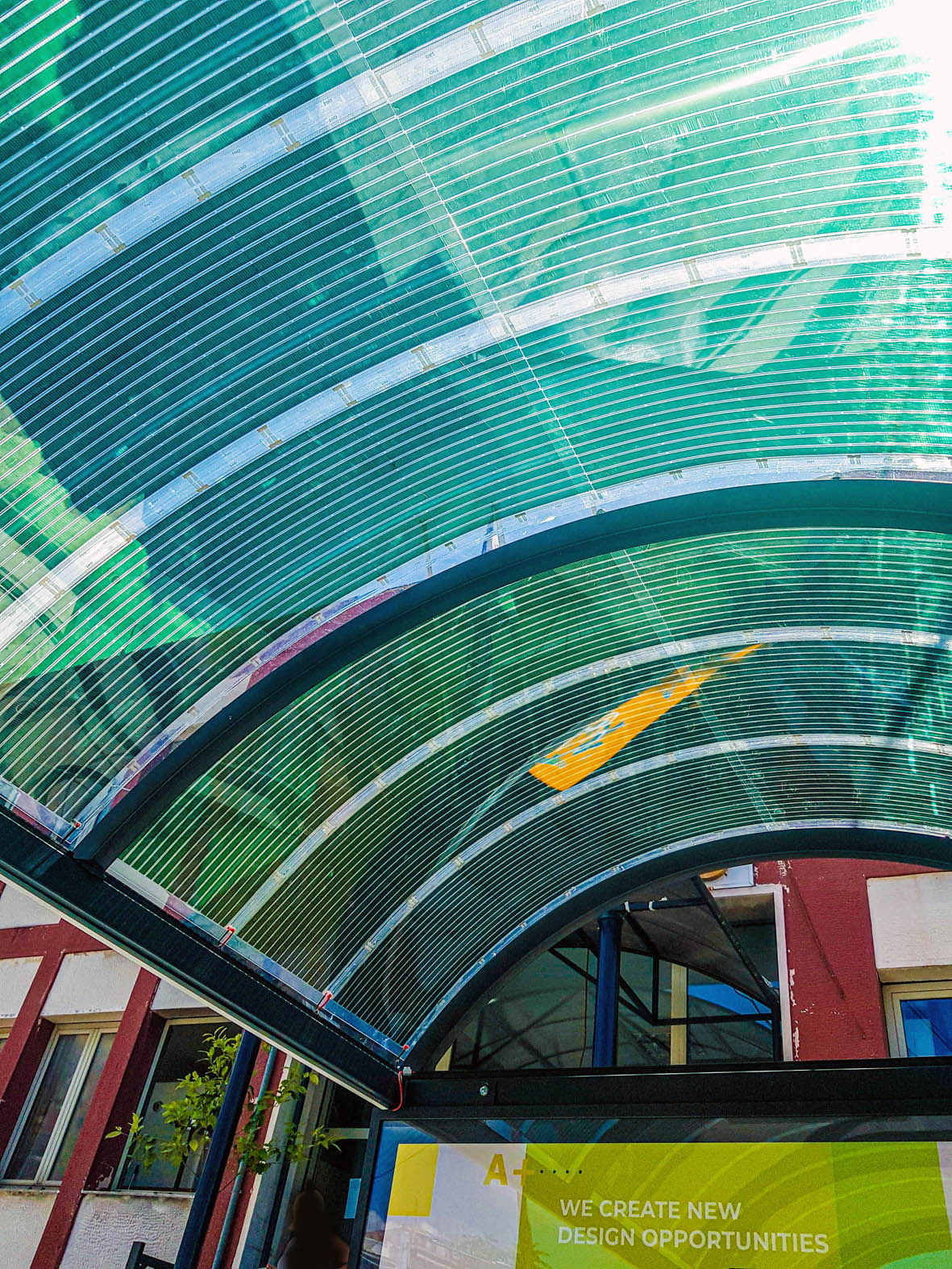
Source: Kathimerini
Ashley Bailey is a talented author and journalist known for her writing on trending topics. Currently working at 247 news reel, she brings readers fresh perspectives on current issues. With her well-researched and thought-provoking articles, she captures the zeitgeist and stays ahead of the latest trends. Ashley’s writing is a must-read for anyone interested in staying up-to-date with the latest developments.